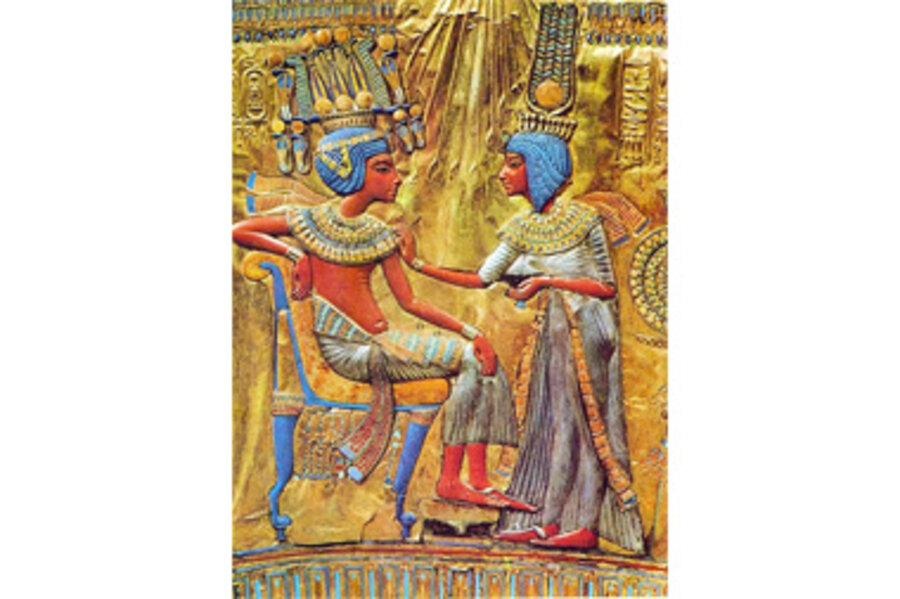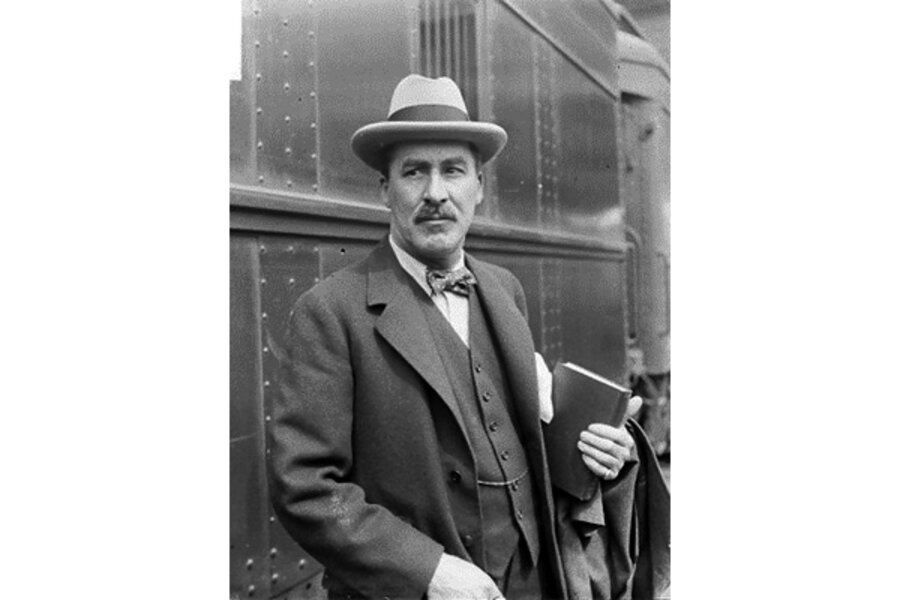"I think at the moment we did not even want to break the seal [on the inner chamber of the tomb of Tutankhamen], for a feeling of intrusion had descended heavily upon us.... We felt that we were in the presence of the dead King and must do him reverence, and in imagination could see the doors of the successive shrines open one after the other till the innermost disclosed the King himself."

Artwork depicting Tutankhamun and his wife
By Pataki Márta





